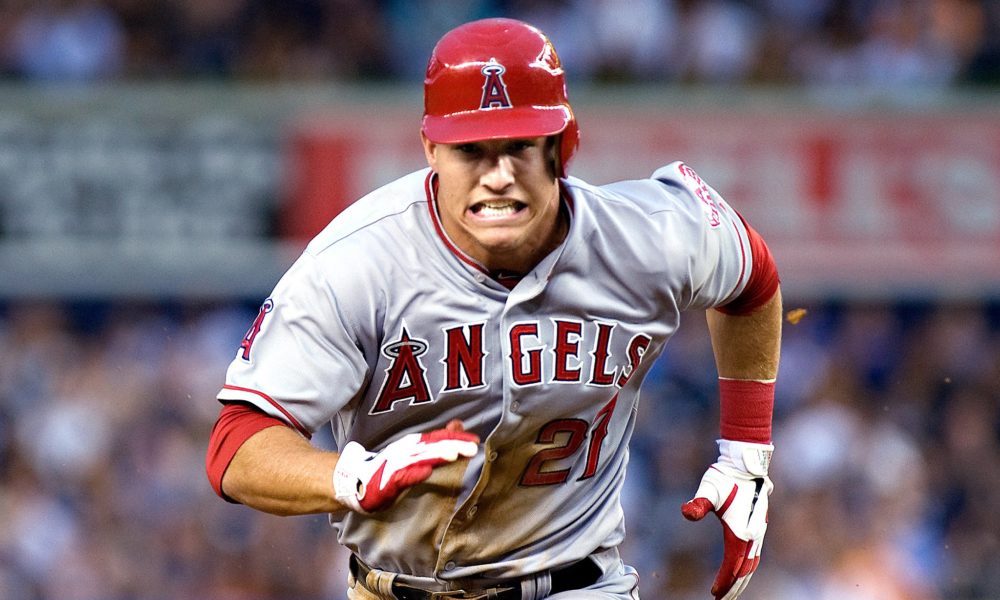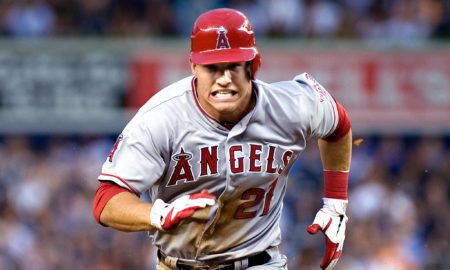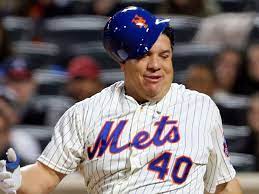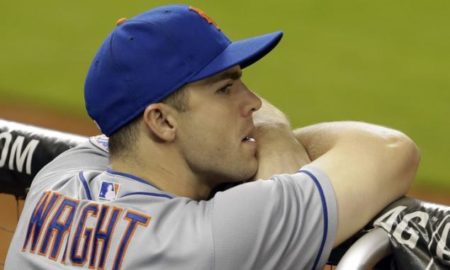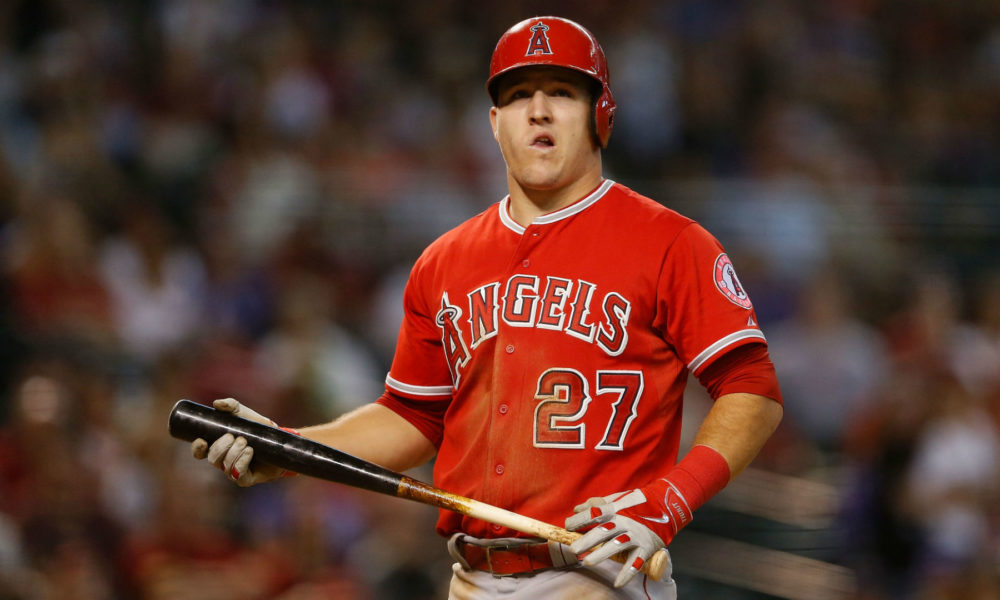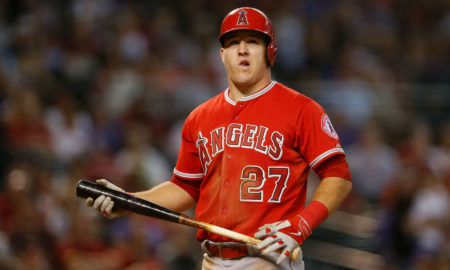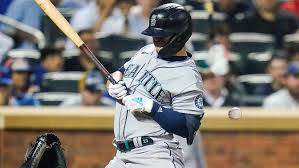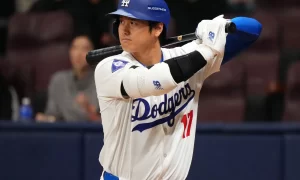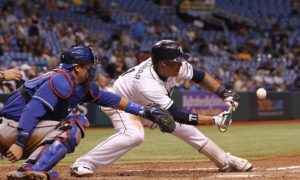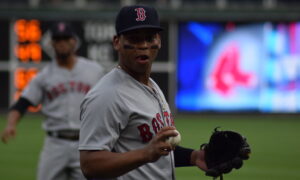Reflecting on Buster Posey’s Career
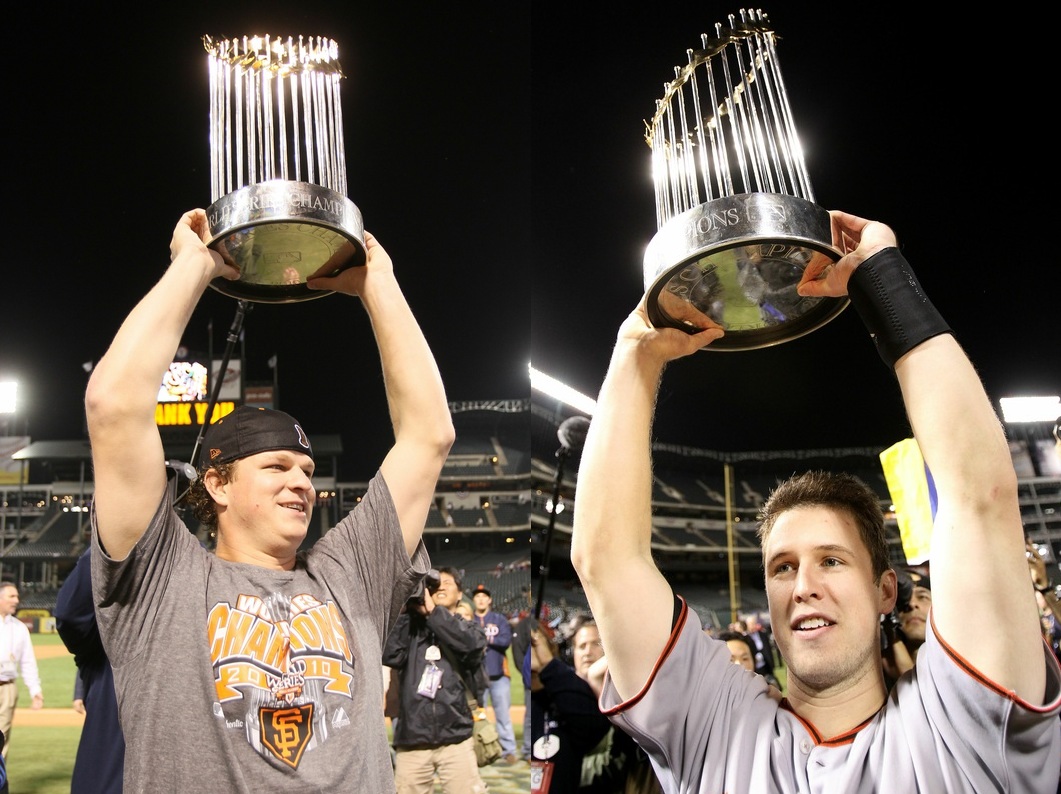
Last month, after 12 seasons of Major League Baseball, Buster Posey made the surprising yet defensible decision to step away from the game and spend more time with his family. He was coming off a season in which he put up the third-best wRC+ (140) of his career and helped carry the Giants to a franchise-record 107 wins. Many other athletes would never have the willpower to walk away while still on the top of their game. That’s kind of the point, though – most athletes aren’t Buster Posey.
From a young age, baseball just came naturally to Buster. The Georgia native earned All-American honors as a freshman with the Florida State Seminoles, a season in which he was their starting shortstop – oh, and he pitched for a while, too. He moved behind the plate in his sophomore year, but it was his junior year where he removed all doubt that he was unequivocally headed for a special career in the big leagues. In 2008, he led the NCAA in batting average (.463), hits (119), RBI (93), total bases (226), on-base percentage (.566) and slugging percentage (.879). He captured the ACC triple crown that year on top of being named Player of the Year and taking home the Johnny Bench Award, Dick Howser Trophy, and the Golden Spikes Award. The Giants selected him with the fifth overall pick in the 2008 draft, and the rest is history.
Posey finished his first full season as a pro ballplayer with a cameo in the big leagues, and the following year he took home Rookie of the Year honors while also securing his first of three World Series rings. It wasn’t just what he was doing at the plate that was special – hitting .305 with 18 homers as a rookie catcher is nothing to sneeze at – but the early rapport he built with his pitching staff was invaluable to that championship run. Posey was a catcher that pitchers wanted to throw to, who could always be counted on to block a pitch in the dirt or gun down a would-be base stealer. In the decade-plus after his debut, his mere presence on the roster was a selling point to entice free agents to hang their hat in a Bay Area condo.
Even without the parades down Market Street, Posey was the face of the franchise to a generation of Giants fans in the same way that Willie Mays and Barry Bonds were in prior eras.
All this excitement buzzing around Posey’s rise to household name status made his broken leg in 2011 even more devastating. In the instant that Scott Cousins – in what many considered to be a very dirty play at home plate – broke Posey’s leg, all of the optimism Giants fans had about pursuing consecutive titles went out the window. On an unfortunate side note, Cousins apparently received death threats over the ordeal and was out of baseball within two years. This injury to Posey had permanent repercussions by way of a rule change – rule 7.13, informally called the “Buster Posey Rule” – that took effect in 2014 and moved to protect catchers from home plate collisions.
It would be easy to assume that such a major injury for a player at the most physically demanding position on the field would have nagging repercussions in the following year, but not in Buster’s case. He took home a lot of hardware in his career-best 2012 season – MVP, Comeback Player of the Year, batting title, silver slugger, you name it. His 164 wRC+ was the best in the National League, and his 10.1 WAR (!!!) were tied with a certain someone named Mike Trout for best in baseball. If his regular season heroics weren’t enough, Posey’s grand slam in Game 5 of the NLDS against the Reds kept their postseason hopes alive and helped them advance all the way to the World Series once again. Sweeping the Tigers once they got there was just the cherry on top.
Over the next five years (2013-17) Posey continued to dominate, sporting a combined .306/.375/.461 line (131 wRC+ and 32.8 WAR) while never appearing in fewer than 140 games per season. It was only in 2018, at age 31, that Posey started to look like he was slowing down. His average still sat at an aesthetically pleasing .284, but his measly 5 homers and .098 ISO proved that his line-drive-actually-home-run power from days gone was starting to dissipate. He took a huge step back in 2019, failing to produce league-average offense for the first time in his career, and he famously sat out 2020 due to pandemic-related concerns. It looked like his goose was cooked.
That just wasn’t the note Buster wanted to exit on, though. Sitting out for a year rejuvenated his legs and his bat, and he shocked the world (or at least everyone who watches baseball) by winning his second Comeback Player of the Year Award. Remember when I said he hit .305 with 18 homers in his rookie season? In this last season, he hit .304 with 18 homers. That couldn’t be more reflective of his consistent approach and production throughout his career. He is just one of six players to spend more than half of their games behind the dish and finish their career hitting over .300 (minimum 1,000 games). His OPS+, adjusting for era and ballpark effects, is the third-highest all-time among catchers, trailing only Mike Piazza and Gene Tenace.
Perhaps just as important as his impeccable production at the plate has been his outstanding defense and game-calling. Thanks mostly to Yadier Molina’s presence in the NL, Posey has only one Gold Glove (2016) to his name, but he might have had a handful had Molina wore some other shade of Red (Sox). Posey was top-10 in caught stealing percentage in six separate seasons, and though his career 33% mark is closer to average than elite, it still eclipses the league average of just over 27%. Defensively speaking, Posey was typically more highly regarded for his elite pitch-framing and blocking abilities. In 2016, his Gold Glove-winning year, Posey stole more strikes for his pitchers than any other catcher. His ratio of 213 “stolen” strikes to 64 “lost” strikes was more than 3-1, and as a point of reference, the MLB average is more like 1.1-to-1.
Posey’s blocking ability might be even more impressive – he never allowed more than five passed balls in a season! In his 9,291 2/3 regular-season innings behind the plate, he only allowed 27 passed balls, which is one every 344 innings. Molina, who is more often considered the best defensive catcher since Ivan Rodriguez, has given up one every 186 innings in his career. As simplistic of a statistic as fielding percentage is, Posey’s .995 career percentage is the tenth best all-time for catchers – also higher than Molina’s, for what it’s worth.
The case so far looks strong for why Posey is worthy of the Hall of Fame. There is a problem, though – the Rule of 2,000. No player whose career took place in the post-1960 expansion era with fewer than 2,000 hits has been elected to the Hall of Fame. Posey is well short of that threshold – he finished at an even 1,500. He would have had to play another four years or so to even have a shot at 2,000. Inducting Posey to the Hall doesn’t have any modern precedent. His peak was very impressive, though, and from 2010-21 he was the second-most valuable player in the sport in terms of WAR, trailing only Trout. To be that dominant for a sustained twelve-year period, surely he must join the Hall, no? Fangraphs, which incorporates framing values in its WAR calculations, also pegs his career 57.6 WAR as 8th-best all-time among catchers, ahead of current Hall of Famers such as Bill Dickey, Ted Simmons, Gabby Hartnett, and Mickey Cochrane. There’s a precedent.
Buster could have cemented his case even further by just playing a couple more years, so why walk away now? He even had a $22 million club option on his services which was a lock to be exercised, and it would have been the perfect opportunity for a farewell tour on a competitive team even if he chose not to play beyond that.
The answer seems to be simply that some things are more important to Buster Posey than his “legacy” as an athlete. For one, it seems that he was playing through a lot of pain and his success came in spite of that. Giants’ announcer Mike Krukow remarked after Posey’s retirement announcement, “Buster, he was spending two hours before every game to get ready to play a game. When you spend more time in the training room than you are on the field, that starts to wear on you.” When you consider the broken leg, ankle surgery, hip surgery, multiple concussions, and all the other wear and tear that comes with being a big-league backstop for a decade-plus, it’s easy to see why he and his family have concerns about his long-term health.
Forget about his Hall of Fame case, then. Buster and his wife Kristen have two sets of twins at home. It’s completely respectable that Buster would want to spend more time with all of them. The character clause is often used to keep players out of the Hall. This might be an instance where it could help him.
The one thing that’s perhaps the most disappointing about Buster’s early retirement is that the Giants’ fanbase didn’t have the chance to say a proper goodbye and get used to the idea of him retiring. It appears that Buster did afford himself that chance to say goodbye, though – at least if you hear it from his ex-teammate, Sergio Romo:
“Mixed from half surprise and half I seen this coming,” Romo said about his reaction to Posey’s retirement. “Seeing it coming just because if most people watched, especially in the playoffs, but when they were clinching the divison, when they were clinching heading into the playoffs and everybody is celebrating that last day, Buster was the only one just standing there. He was just looking around and he had this, ‘I’m enjoying this moment’ look on his face. I was blown away by that. It was something that was obvious to me and my family…this was something that was like, ‘Wow, I wouldn’t be surprised if he decided to walk home and do the family thing.’ Here he is. He is deciding to do the family thing.”
Posey left the people wanting more, just like any good entertainer should do. Another ex-teammate of his, Hunter Pence, once said that “It’s hard to really quantify how special (Posey) is.” Hunter isn’t wrong about that, and perhaps Giants fans’ appreciation for Buster will reach new heights once they must adjust to life without him. He will always be a legend in San Francisco. May he give his family plenty of Buster Hugs.

